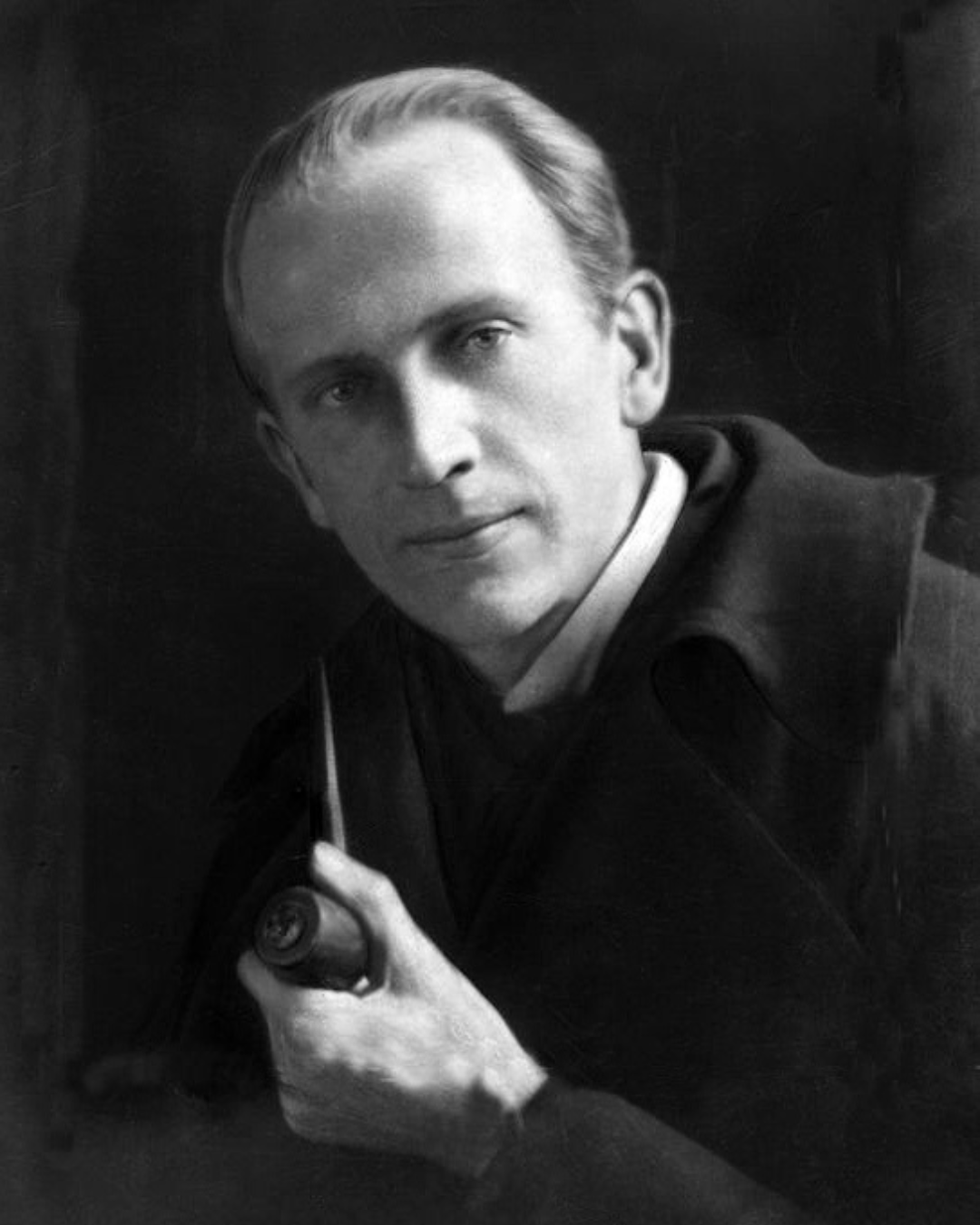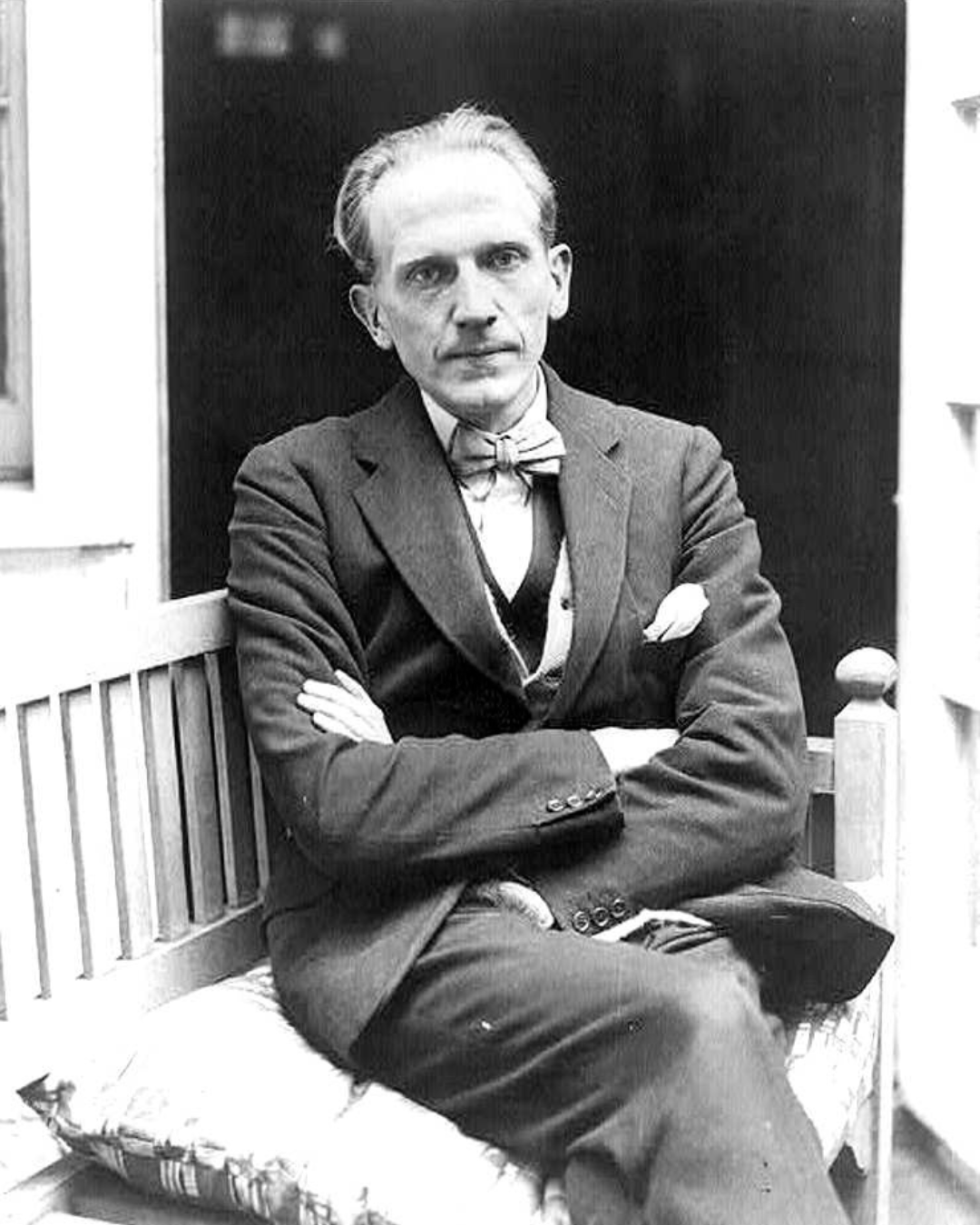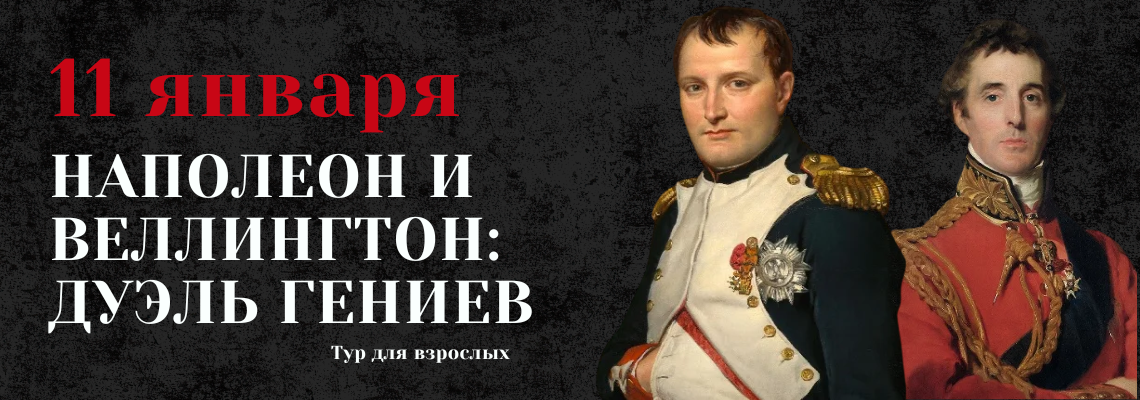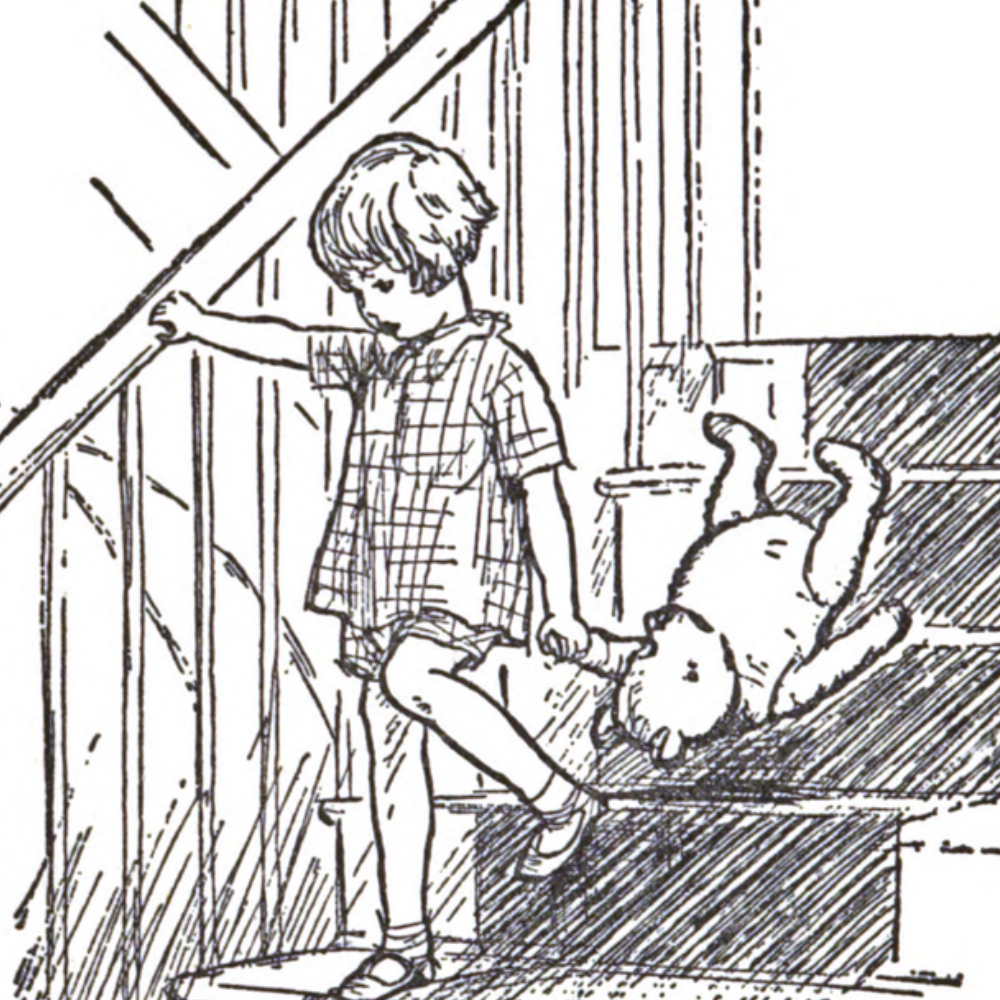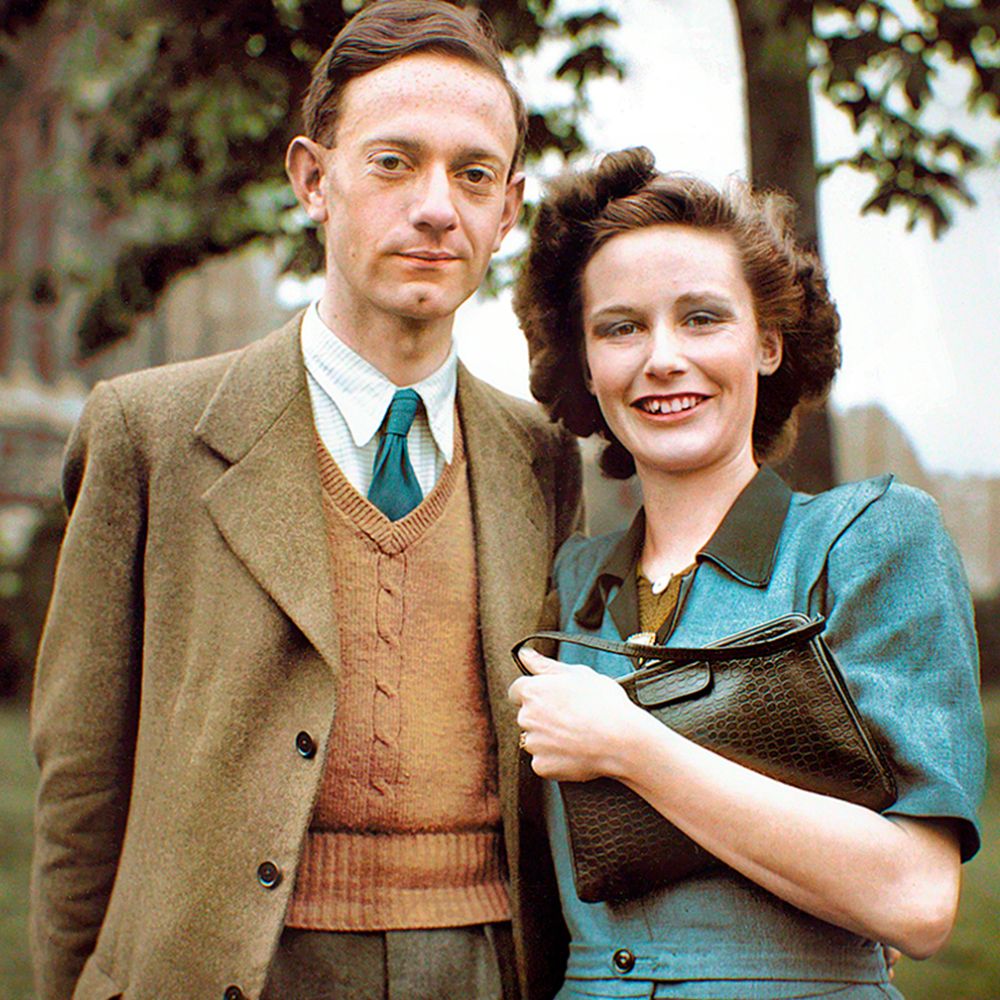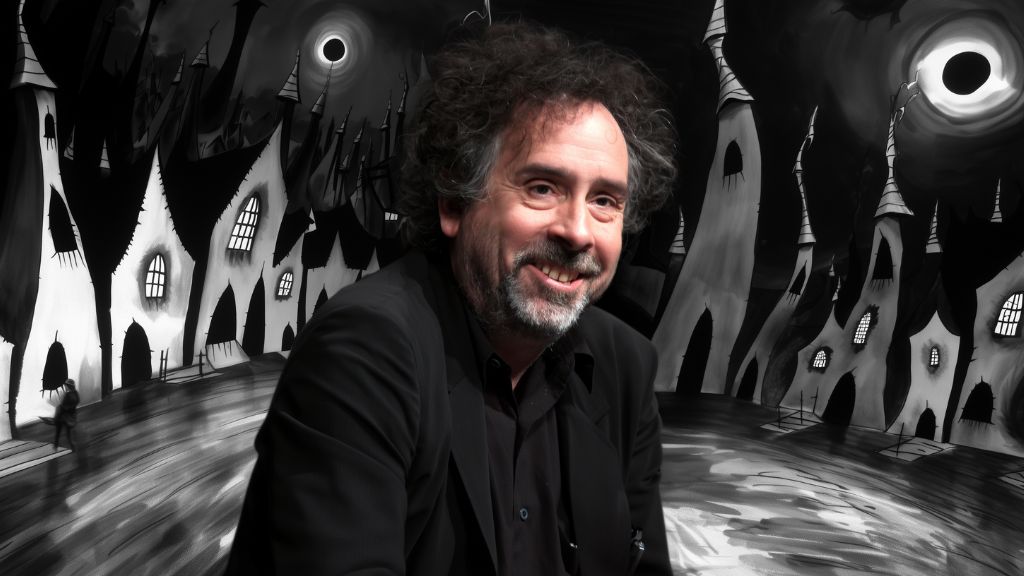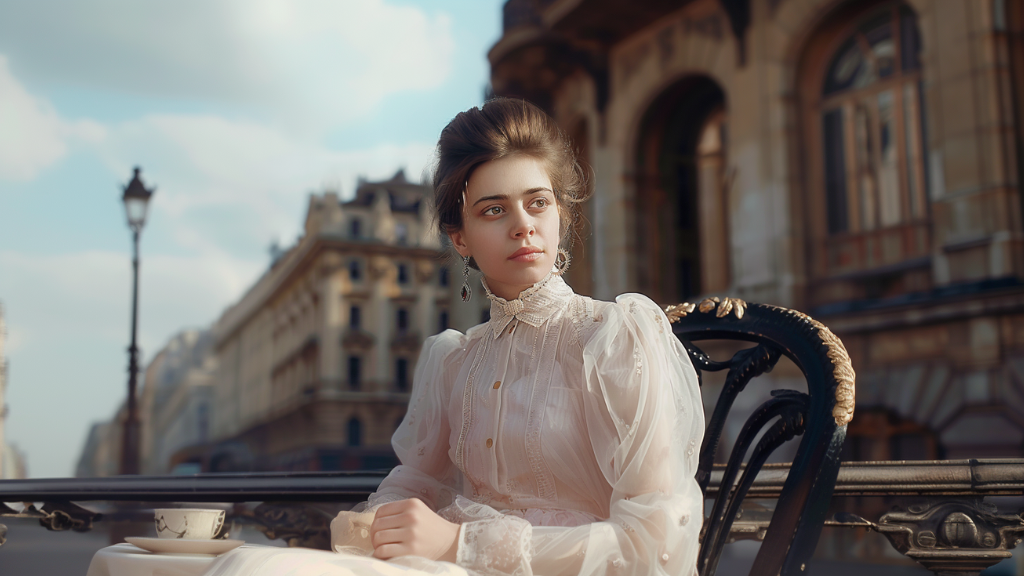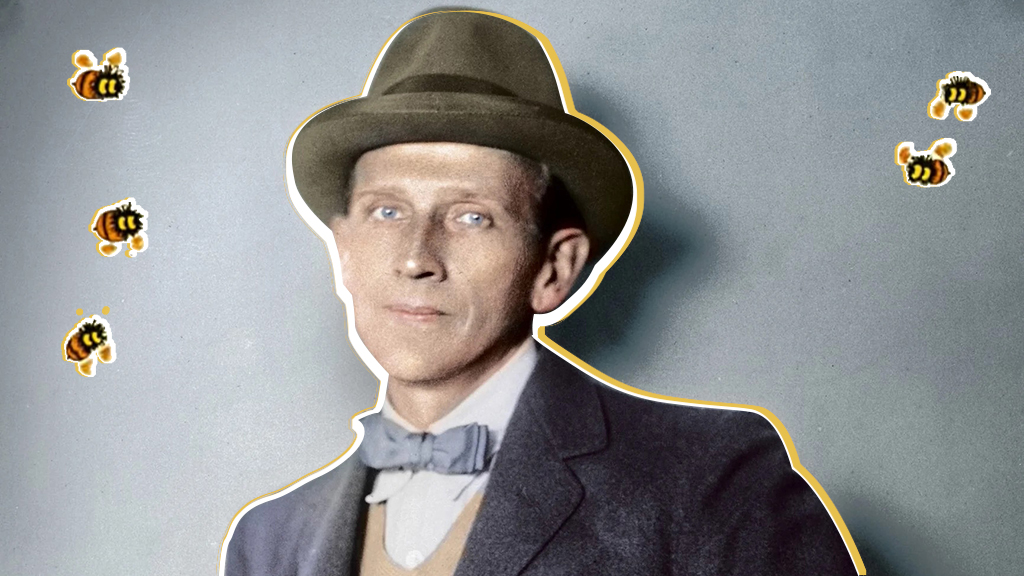
Alan Milne: the writer who turned Winnie the Pooh into an icon of England
Winnie the Pooh is one of the symbols of England, along with the red telephone box and the Wimbledon tournament. Every year on October 14, the little bear celebrates his birthday — it was on this day in 1926 that the first book about the fluffy sweet tooth was published in the UK. And a year earlier, on Christmas Eve, the first chapter of the book came out, immediately attracting the attention of the British. In 2022, the whole world celebrates the 140th anniversary of the birth of Vinnie’s creator, Alan Milne. Afisha.London magazine tells the dramatic life story of Milne and his son Christopher, without whom Winnie the Pooh would not have happened.
Interestingly, the book was originally written not for children, but is dedicated to childhood within each of us. Alan Milne wrote about the adventures of a funny bear cub after the First World War and, as they say, hit the bull’s-eye — fairy tales about Pooh helped millions of people regain faith in kindness, friendship and hope for a better life. The philosophizing hedonist Winnie was liked by adults, and the children were completely delighted with the adventures of the resourceful character. Milne found inspiration for the book in his own son, Christopher Robin, watching him play with his favorite toys and walk in the woods, although, ironically, it was the phenomenal success of the book that deprived Christopher of a normal childhood. To date, Winnie’s stories have been translated into more than 50 languages, including Latin and Esperanto, and are considered the best for family reading. In 2011, Winnie the Pooh entered the list of 100 icons of England, along with Sherlock Holmes, James Bond and Big Ben.
About the prototypes of the heroes of “Winnie the Pooh”
The creator of Winnie the Pooh, Alan Milne, was born on January 18, 1882 in northwest London, studied at Westminster School and then at Trinity College, Cambridge. At the university, Milne studied mathematics, but gravitated towards writing – he wrote notes for the student newspaper Grant, thanks to which he attracted the attention of the British humour magazine Punch and began working as an assistant editor in it. Over the years of work in the magazine, Milne has become one of the most popular playwrights in England. He was praised by critics and certainly no one, including Alan himself, expected that he would replace the glory of a British playwright with the worldwide success of a children’s writer.
In 1913 he married the aristocratic Dorothy de Selincourt, goddaughter of the editor of Punch, who became the love of his life and his punishment at the same time. The American journalist and scientist Barry Gan, in the article “Alan Milne: Winnie the Pooh and Other Troubles,” wrote that the cold beauty Dorothy could capriciously pout her lips and ask her husband to jump off the roof of London’s St. Paul’s Cathedral, and Milne would certainly have done it. According to Hahn, even as a volunteer at the front in the First World War, 32-year-old Alan enlisted only because his adored wife liked officers in uniform.
On August 21, 1920, the couple had a son, Christopher Robin, who later became the hero of fairy tales about Winnie the Pooh. By the way, there is no Christopher in the Soviet cartoon of 1969 — he was removed from the script, since director Fyodor Khitruk decided to make Winnie and his friends independent characters. Due to the absence of the boy, the animals acquired human features — the cartoon does not look childish and is suitable for viewers of any age. Alas, things were about the same in the Milne family — the boy was hardly noticed. The dreamy Christopher yearned for care and attention, which neither Alan, who was thinking about his plays, nor the socialite Dorothy, busy with affairs on the side, could give him. Christopher’s parents were replaced by a nanny who became his closest friend.
- A.A Milne, 1922. Photo: Emil Otto Hoppé, Public domain, via Wikimedia Commons
- A.A Milne, 1922. Photo: Wikipedia CommonsSee page for author, Public domain, via Wikimedia Commons
In the UK in 2017 a poignant movie “Goodbye Christopher Robin” was shot about the difficult childhood of Milne’s son. Much of the film takes place in the beautiful Ashdown Forest, near which Alan Milne purchased Cochford Farm in 1925, where he lived with his family. The forest, with its heather paths and sun-drenched oaks, became the prototype of the space in which Winnie and his friends live. Here on the farm, Milne began telling his son stories about his favourite toys and then writing them down on paper. Although according to another version, it was Dorothy who sometimes dropped in to play with her son and then told Alan about what she saw. And so the teddy bear Winnie the Pooh, the donkey Eeyore, Piglet, Kanga, baby Roo, Tigger and the boy himself moved under the writer’s pen and turned into the main characters of the story about the adventures of the bear “with sawdust in his head”.

Original Christopher Robin toys. Photo: The New York Public Library
Read also: Composer Pyotr Tchaikovsky in London: impressions, recognition and success
From love to hate and back
The joint work on the book, which for Alan Milne and his illustrator friend Ernest Shepard began as fun, brought incredible success. In a previous article, Afisha.London told how Winnie the Pooh became the favourite character of the British — in December 2017, the Victoria and Albert Museum opened an exhibition dedicated to the furry hero, his friends and the real Christopher Robin. Among the toys and drawings from different countries, our Soviet Winnie the Pooh was also presented at the exhibition. By the way, the character got his name in an interesting way — somehow, while walking around the London Zoo, little Christopher was so impressed by the local favourite, the Winnipeg bear, that he renamed his teddy bear Edward in her honour – Winnie. Pooh was the name of the swan that lived near their farm, and for comic relief, Alan added the article “the” in the middle and — the image was a success.

Sculpture of the Winnipeg Bear at the London Zoo. Photo: Matt Brown, CC BY 2.0, via Wikimedia Commons
After the English publishing house Methuen & Co published “Winnie the Pooh” on October 14, 1926, Christopher turned into a real star of the post-war era. The six-year-old’s schedule included endless interviews, photo shoots, responses to thousands of fan letters, and even invitations to lunch at the House of Lords. Everyone wanted to know if he is different from Christopher Robin in the book. The specific upbringing of Billy Moon (house name of Christopher Robin) also came in handy — the parents really wanted a girl, so when their son was born, they tried to make his image as pretty as possible. The replicated photographs looked amazingly beautiful with curls and “girlish” shyness of Christopher, sitting embracing with the same teddy bear, but he will remember this bitterly to his parents.
Read also: How Diaghilev’s “Saisons Russes” influenced the European art world of the 20th century
In 1928, the second book about Winnie the Pooh, The House on Pooh Corner, was published, and the bear cub is also mentioned in the collections When We Were Very Little and Now We Are Six. Alan Milne was no longer able to regain his reputation as a playwright; only stories about a funny bear cub were expected from him, from which he was rather tired. And Billy Moon, having entered a boarding school, faced bullying — classmates teased him with quotes from the book, and the record with a song about friendship, performed by Christopher for the audio version of Winnie the Pooh, was played in a circle, bringing the boy to hysterics.
In his 1974 autobiography, Enchanted Places, he says that at school his perception of the bookish Christopher Robin was split: he both loved him and hated him, and blamed his father for his stolen childhood. In Cambridge, Christopher never found something to his liking and, with the outbreak of World War II, wanted to go to the front, but did not pass the medical examination. Then Alan, using his connections, got his son to serve in the Corps of Royal Engineers — the young man fought in the Middle East and Italy, where he witnessed the last eruption of Vesuvius and was wounded by shrapnel.
In 1948, under the disapproval of his mother, Christopher married his cousin Leslie and went with her to live in Dartmouth, Devon, where he opened a bookstore. Gradually, Christopher got rid of his shyness and life began to improve. He even renounced his father’s impressive inheritance, which Alan left him after his death in 1956. Later, he did accept the money to provide medical care for his daughter Claire, who was born with cerebral palsy. Only closer to the age of 60, Christopher began to more calmly recall the story of his childhood and Winnie the Pooh, and he, under the murmur of his fans, handed over his once beloved toys to the New York Public Library in 1987, where they are kept to this day. Prior to this, the toys made a tour of the United States and caused a stir among Americans who were keen on Winnie the Pooh. Christopher Milne lived to be 75 years old and died in his sleep on April 20, 1996 in Totnes, but the characters in the book, which he inspired his father to create, continue their own lives and delight children and adults all over the planet.
- Illustration by Ernest Shepard from Winnie the Pooh, 1926. Photo: Ernest Howard Shepard (illustrator), Public domain, via Wikimedia Commons
- Christopher Robin with his fiancée Leslie, 1948. Photo: Instagram @jecinci
Read also: The legendary Russian children’s poet Korney Chukovsky in London
About the popularity of Winnie the Pooh around the world
It seems that there is no place left on the globe where they do not know about Winnie the Pooh. At the same time, the popularity of the fluffy sweet tooth does not fade away, but only grows — in 2004, Winnie the Pooh was included in the Forbes list. Little bear and his friends were second only to Mickey Mouse in the list of the richest fictional characters, they “earned” 5.6 billion dollars. The illustrations in the book, made by cartoonist Ernest Shepard, also became fabulously expensive. The auction house Sotheby’s has repeatedly put up for auction Shepard’s drawings, and in 2013 six of his original sketches for the book were sold for half a million pounds.
The 1977 Disney cartoon “The Adventures of Winnie the Pooh” is still considered an unforgettable classic, although it differs from the book. And the 1969 Soviet animated film by Fyodor Khitruk, co-authored with Boris Zakhoder, the Russian narrator of the British Winnie the Pooh, comes closest to the bear cub’s adventures in the book. According to many viewers, the Soviet version is the most successful film adaptation, and Winnie’s famous chants and songs voiced by Evgeny Leonov were immediately disassembled into quotes. And although the versions of Poohs in each country are very different, you can love them all at once. As Winnie himself said: “Both that and the other please, and you can do them without bread!”.

Memorial plaque to A. Milne and E. Shepard in Ashdown Forest. Photo: UKgeofan at en.wikipedia, CC BY-SA 3.0, via Wikimedia Commons
In Ashdown Forest, which is located south of London in the county of East Sussex, today you can take a walk “in the places of Winnie the Pooh” — a memorial plaque has been installed there in honour of Milne and Shepard. And at the London Zoo there is a life-size monument to the Winnipeg bear, unveiled by 61-year-old Christopher Milne. The Poohsticks Societies are founded in Oxford and Cambridge, and every year they organize a Pooh Sticks Championship, recognized as “Britain’s favourite unusual event”. Winnie the Pooh evengot to Elizabeth II — in honour of the 95th anniversary of the British Queen, Disney released an episode in which Pooh and company presented the monarch with a keg of honey tied to 95 colourful balloons as a gift. By the way, one of the gifts for the 70th anniversary of the Queen’s reign was a comic video with another British hero — Paddington Bear, who arrived at Buckingham Palace for an entertaining tea party with Elizabeth. Returning to Winnie the Pooh, we note that in 2021 he also had his 95th birthday, for which the official prequel book Once Upon a Time There Was a Bear, written by Jane Riordan, was published in the UK. In the book young readers are presented with 10 entertaining stories about the adventures of Winnie the Pooh.
Irina Lazio
Cover photo: Bettmann
Read also:
Composer Alexander Scriabin: a journey from earthly melodies to celestial aspirations
Composer Pyotr Tchaikovsky in London: impressions, recognition and success
Dostoevsky in London and his influence on the British classics
SUBSCRIBE
Receive our digest once a week with quality Russian events and articles



